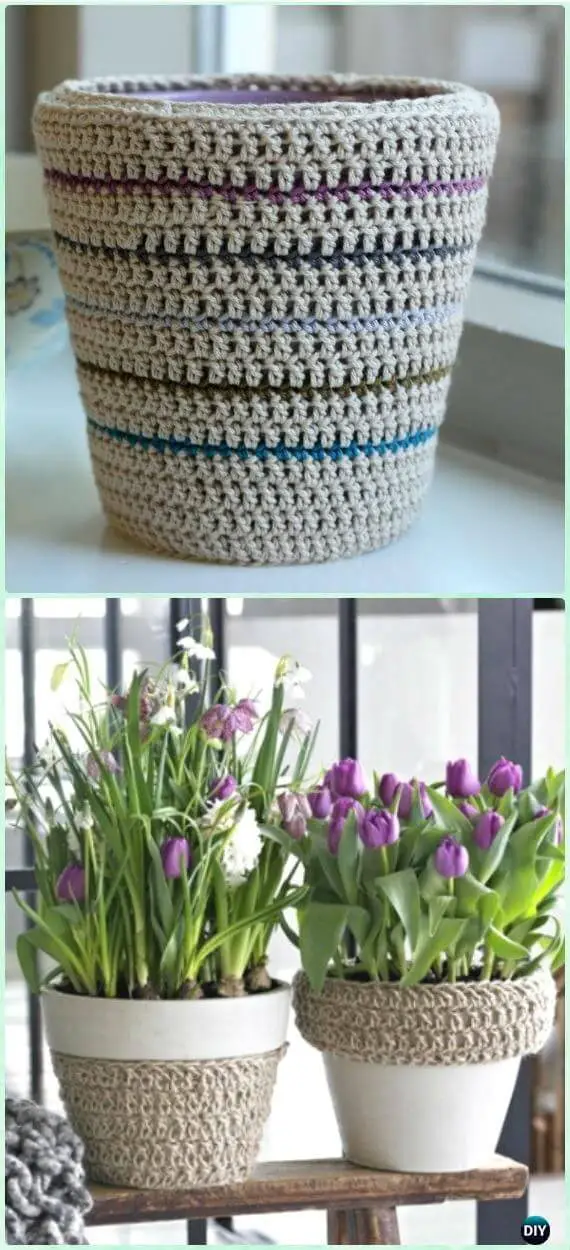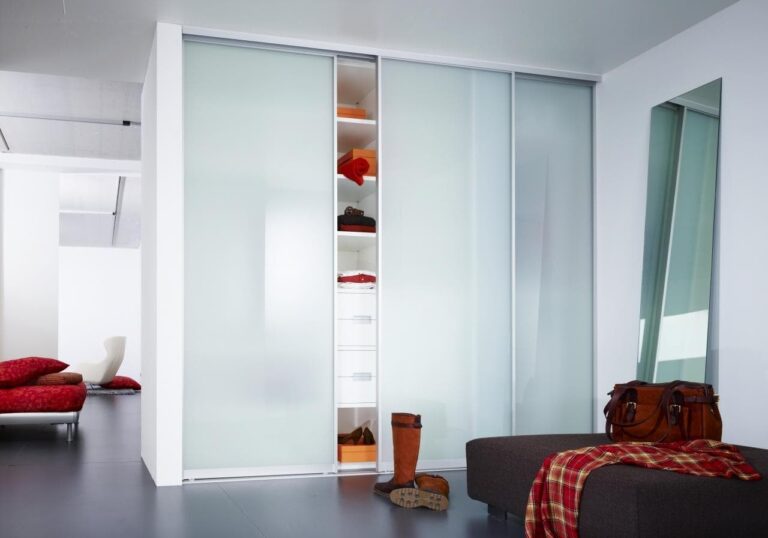Bathroom Tile Design: Ideas For Incorporating Tile Into The Bathroom Design
Tile is a crucial aspect of bathroom design, and choosing the right one can be overwhelming with the numerous options available. However, by focusing on a single style throughout the room, the selection process becomes much simpler. The key to successful tile design lies in selecting materials that complement each other, creating a cohesive look. Consider starting with the overall aesthetic you want to achieve in your bathroom and then select tiles that align with that style.
For instance, if you have a modern bathroom, opt for sleek and contemporary-looking tiles. By doing so, you’ll be able to narrow down your options and make an informed decision that results in a beautiful and functional space.
Begin with the Style of the Bathroom
When embarking on a bathroom design project, it’s essential to determine the desired aesthetic beforehand. This clarity will help streamline the process by eliminating unnecessary options. For instance, marble might not be the most practical choice for a children’s bathroom, while handmade ceramic tiles and glazed porcelain mosaic floors may not convey a modern feel.
By settling on a specific style – traditional, modern, or children’s-friendly – you’ll avoid confusion and make more informed decisions. If you’re still unsure, explore local library resources or home design magazines for inspiration. Bring those visual references to the tile showroom to guide your material selections and bring your vision to life.
Pull Colors from the Countertop
When selecting bathroom fixtures, such as sinks and countertops, a cohesive design can be established by considering the inherent patterns and colors they possess. Pedestal and china sinks, for instance, often feature fluted or smooth lines that can be mirrored in the tile’s design. Similarly, granite and marble counters boast unique coloration and veining that can serve as inspiration for accenting shower tile.
The Pacific Pewter marble, with its burgundy veins, provides a striking example of how a similar hue can be used to tie the space together, whether applied as an accent on the floor or used as a border.
Use Complimentary Materials
When selecting tiles for your bathroom, it’s essential to build upon your initial choice. If you’ve chosen a unique, hand-poured glass tile with a rustic appearance, complement its look with a slate floor tile. For a spa-inspired feel, use river rocks as an accent wall or border, surrounded by muted tiles in a similar color palette. If you’re opting for a traditional floor pattern, such as an octagon and dot or basketweave, pair it with a classic subway tile on your walls.
Take the accent color from the dot on the floor and use it to create a decorative border below the chairrail. The key is to keep your tiles harmonious, allowing them to flow together seamlessly. Start by selecting one element that resonates with you, whether it’s a specific mosaic or glass design, and build upon it. In small bathrooms, consider using the same material for both floors and walls, in varying sizes.
For instance, use a 12-inch porcelain tile on your bathroom floor, a 2-inch version of the same tile on your shower floor, and a 6-inch tile on your shower and bathroom walls. This will create an unbroken visual line throughout the room, effectively opening up the space. To avoid breaking the design or the room in half with a border, keep accents to behind the vanity, as a backsplash, or use one wall of the shower as an accent wall.
Find inspiration for your bathroom tile design by drawing from elements already present in your home. Identify favorite colors and textures to replicate in tile designs. Bring your favorite home items or photos into the tile showroom to help the salespeople understand your style preferences. By keeping the process simple, you’ll be able to enjoy a new bathroom design with ease.
Grey Bathroom Tile Ideas
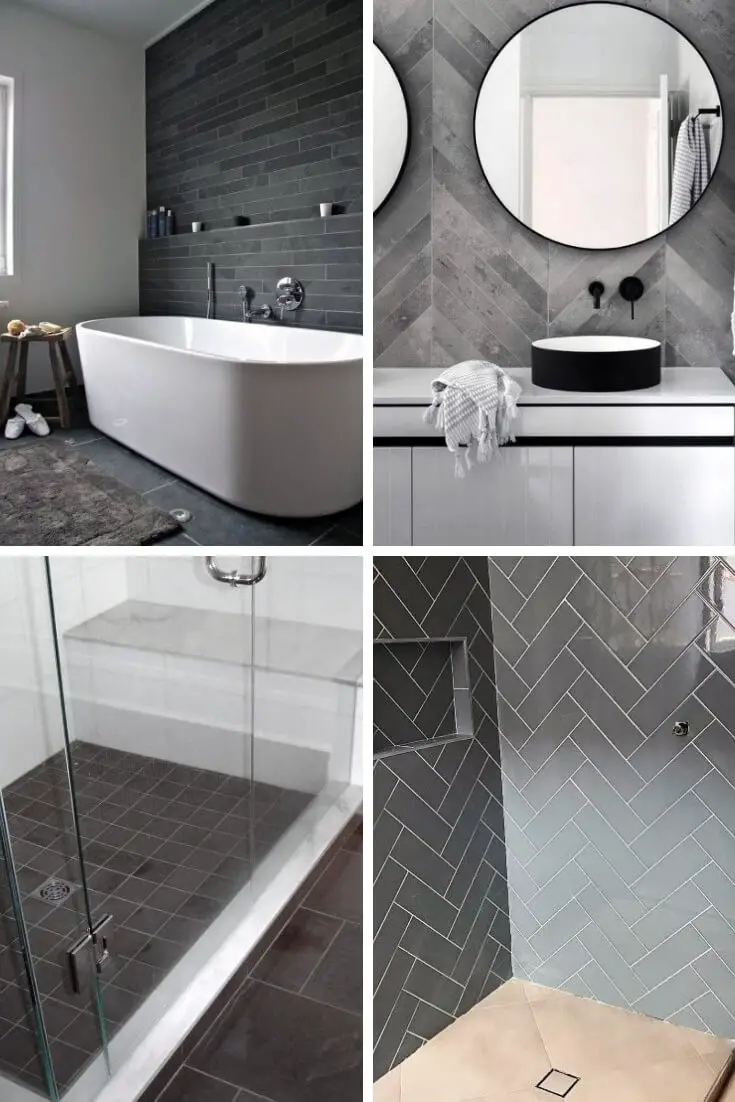
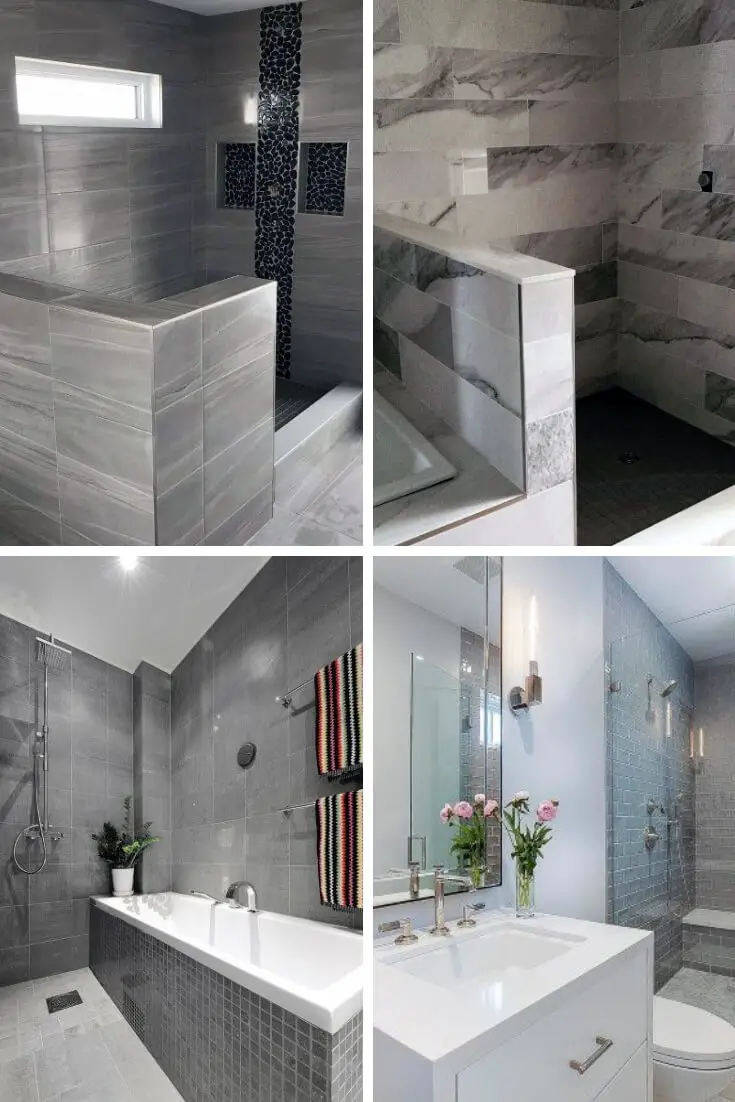
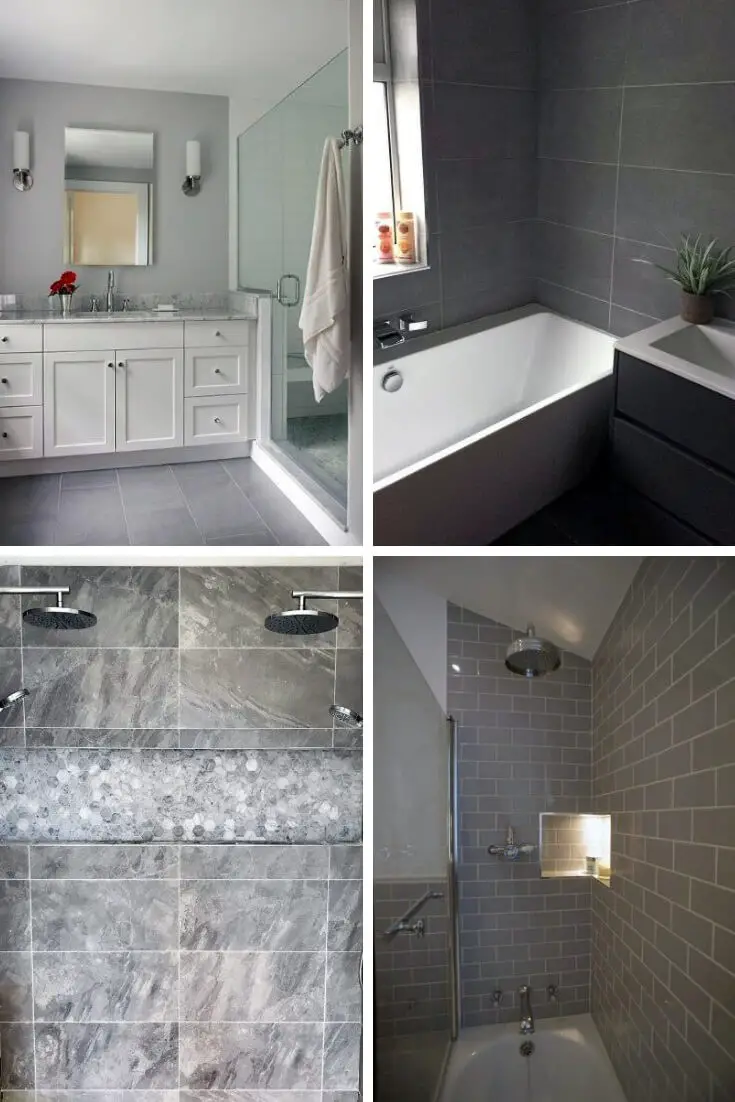

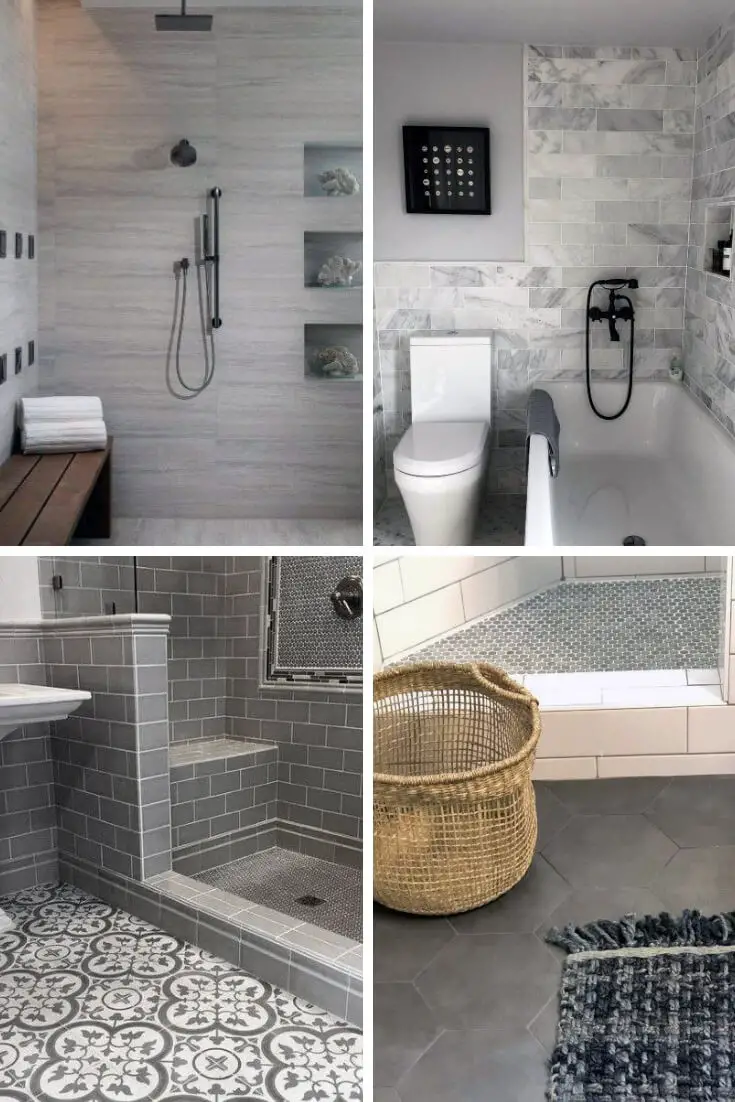
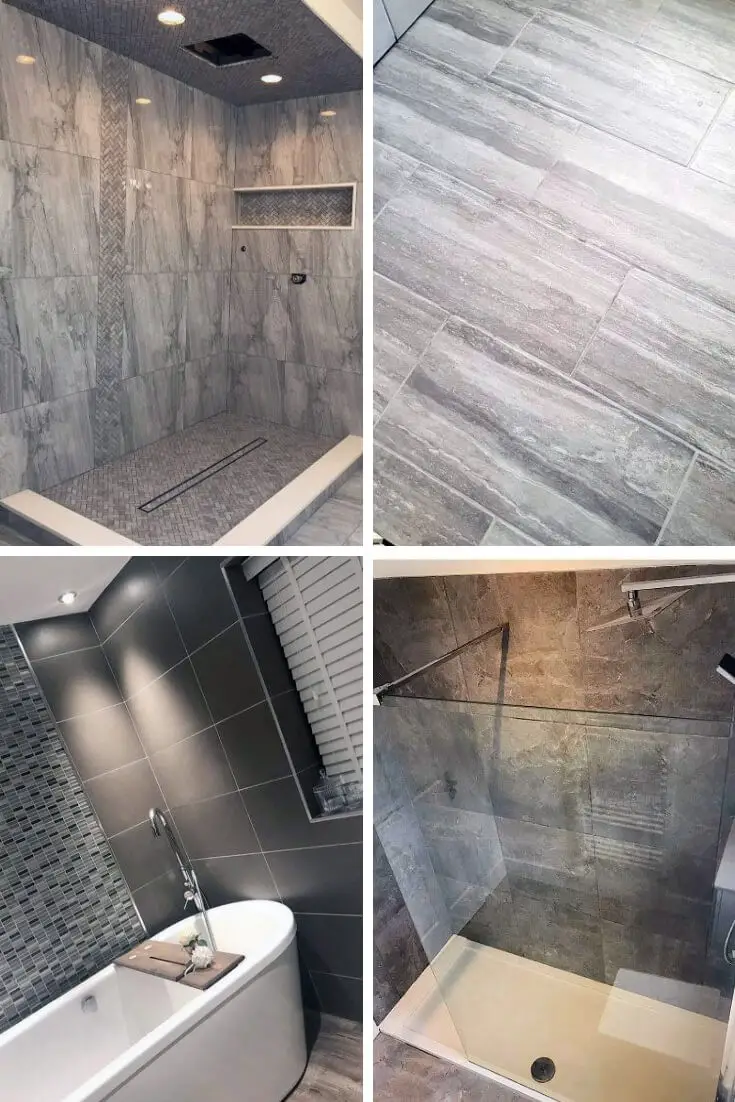
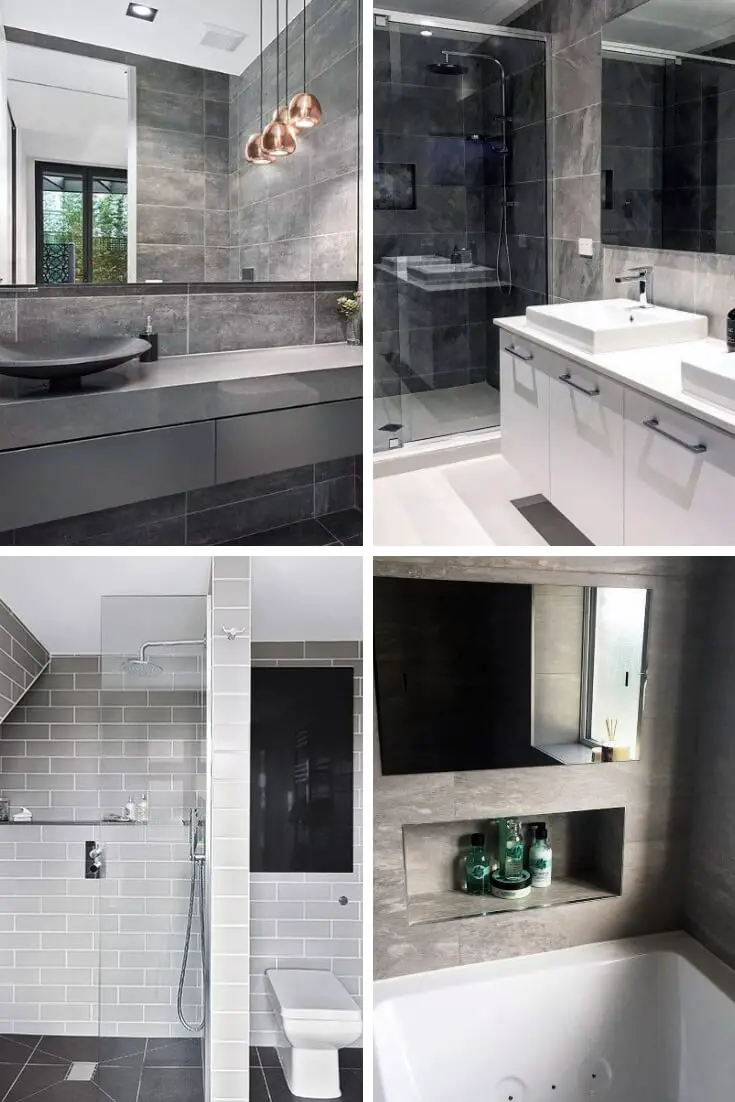
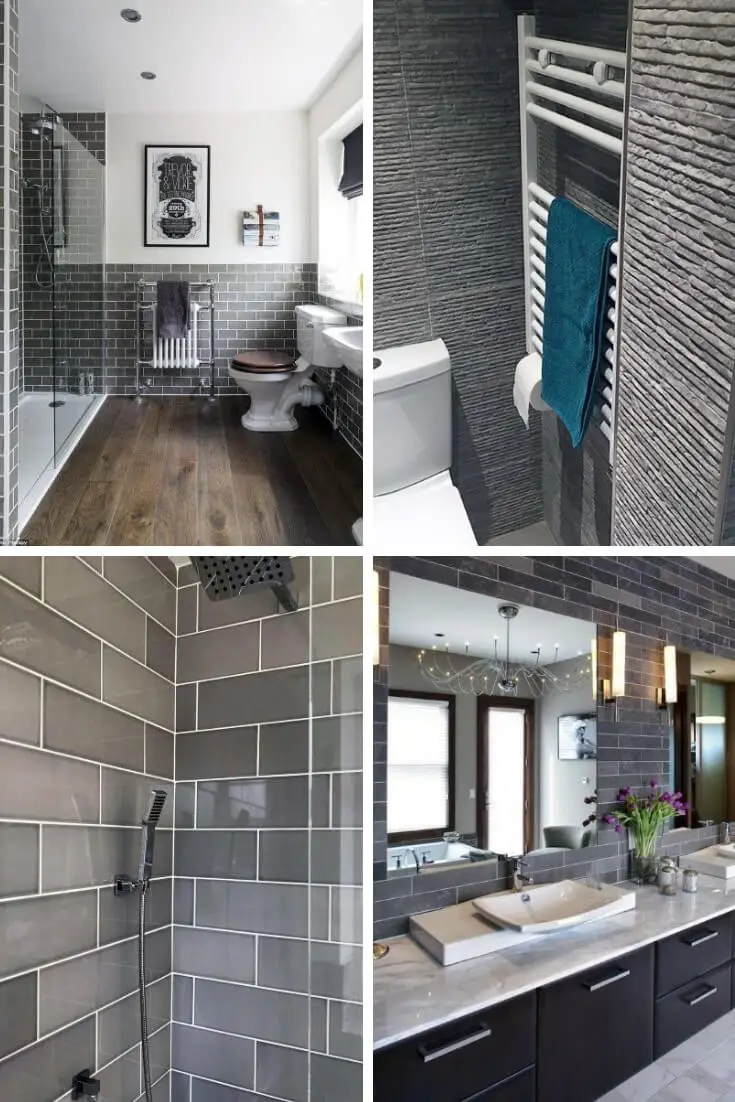
Black Bathroom Tile Ideas
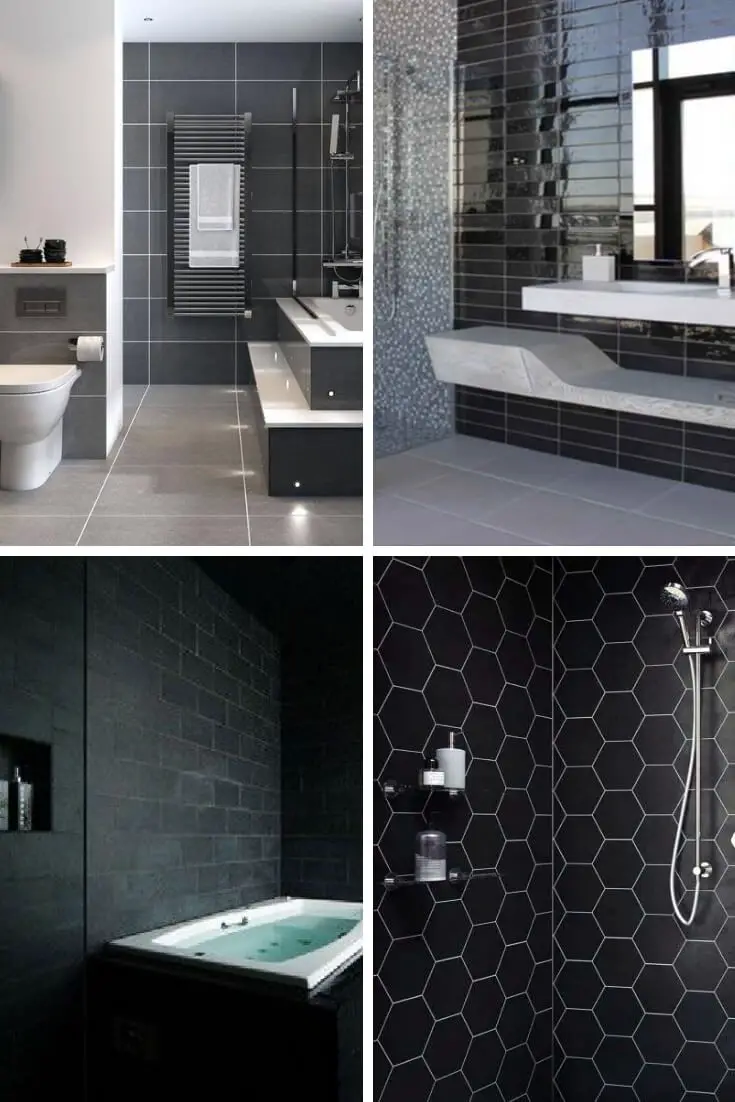
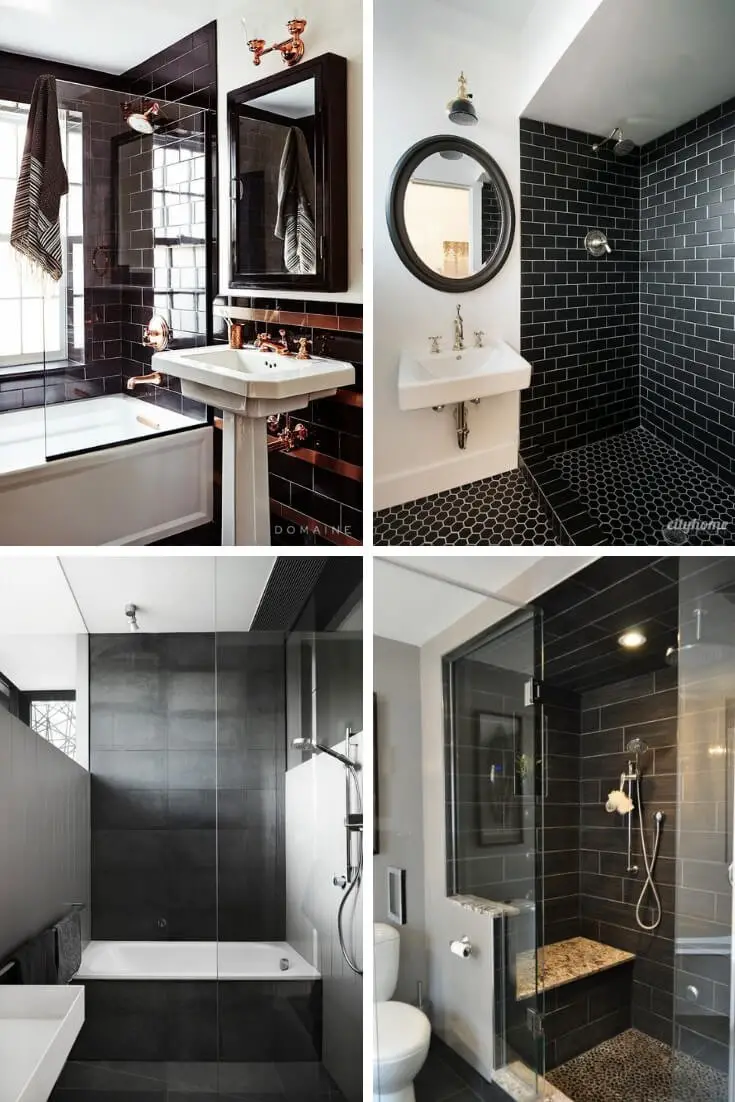
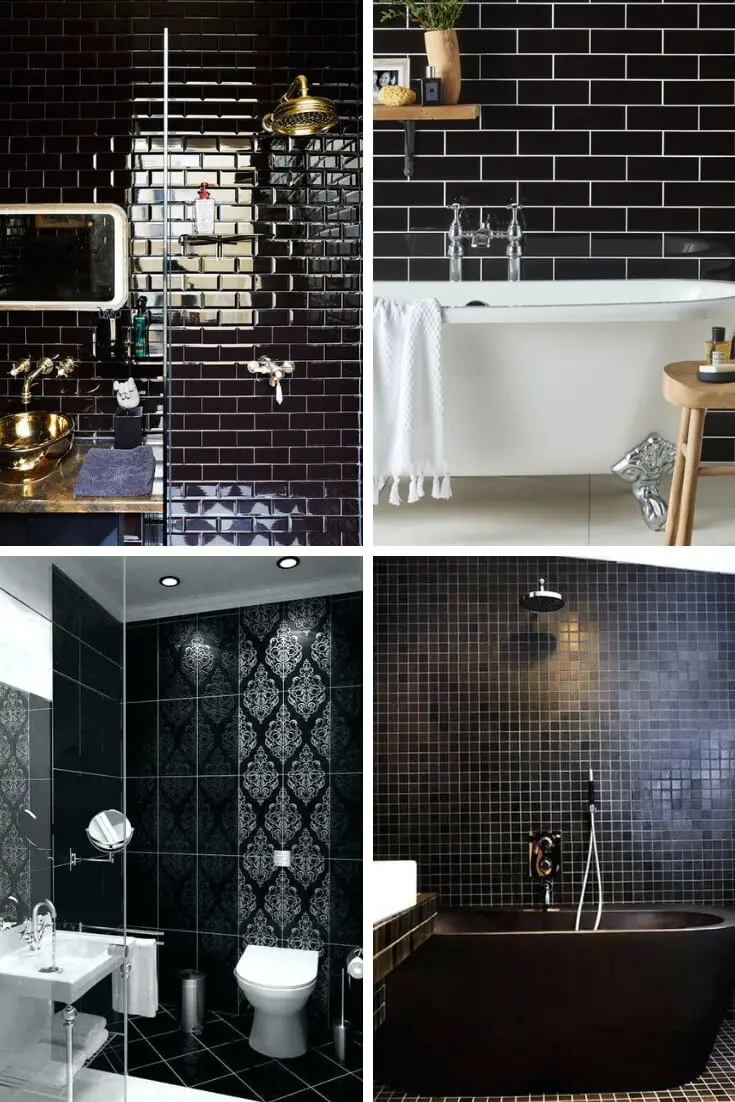
White Bathroom Tile Ideas
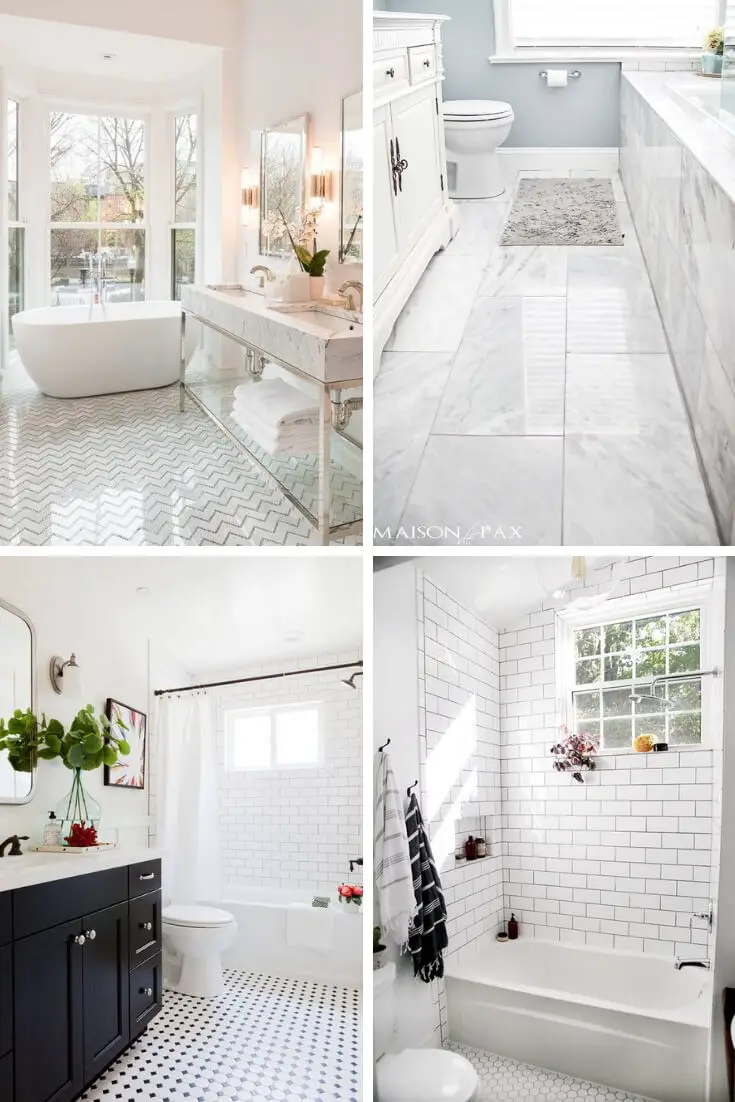
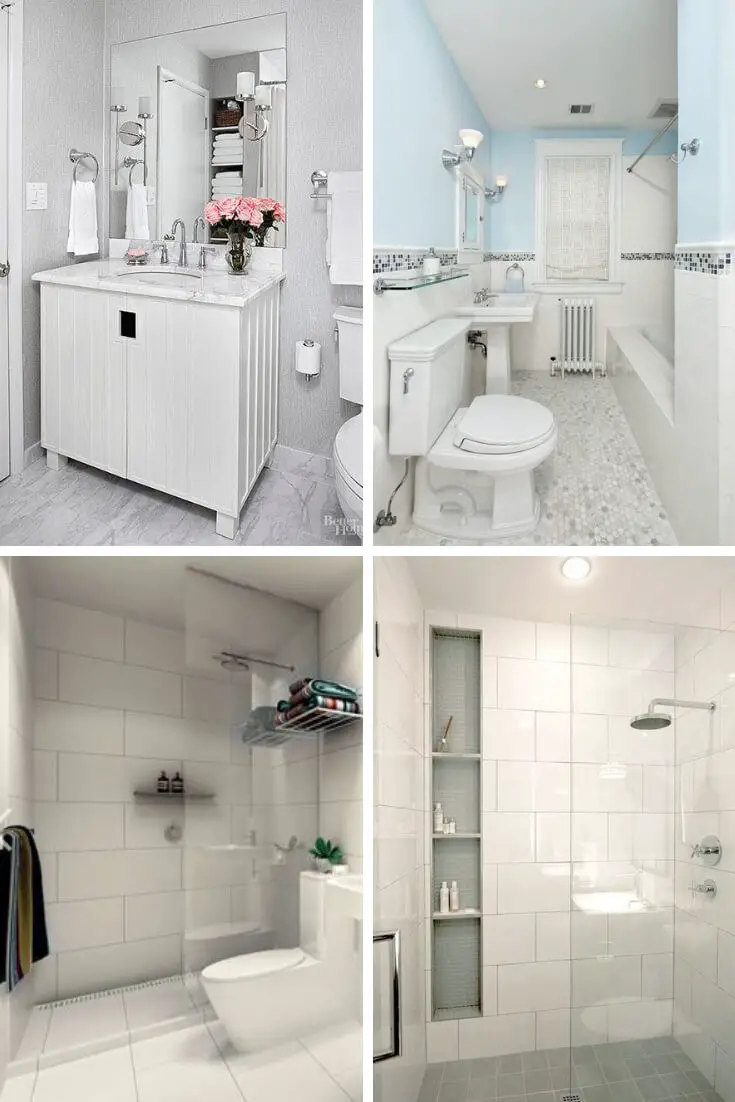
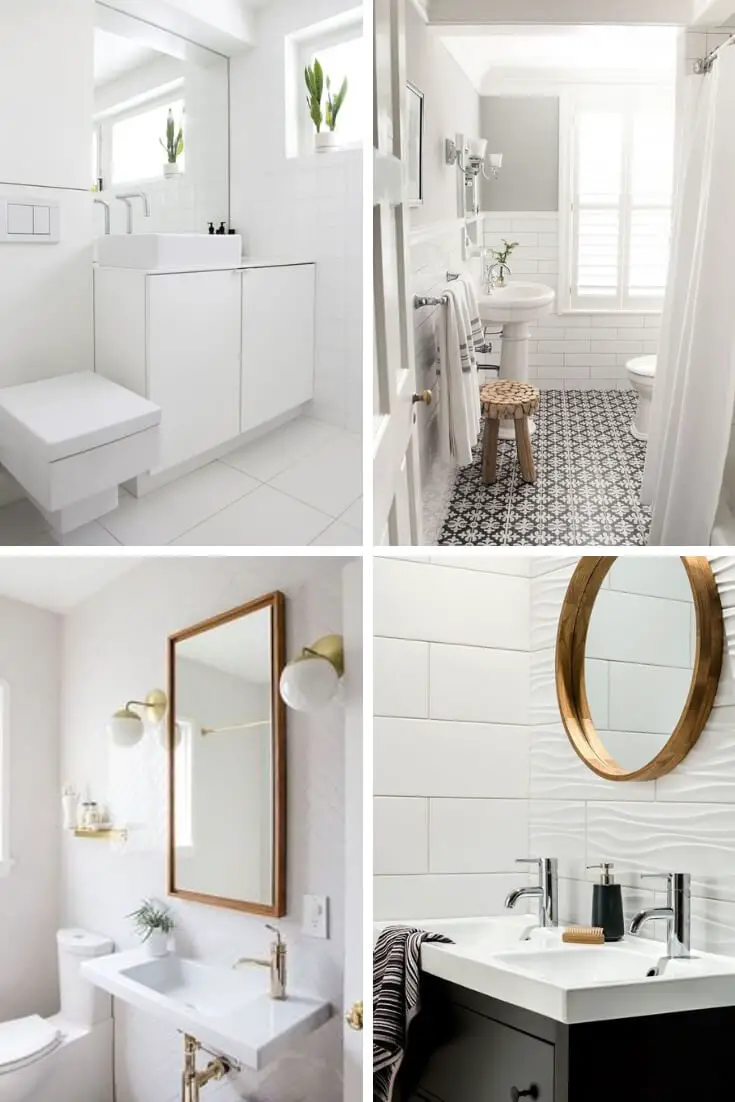
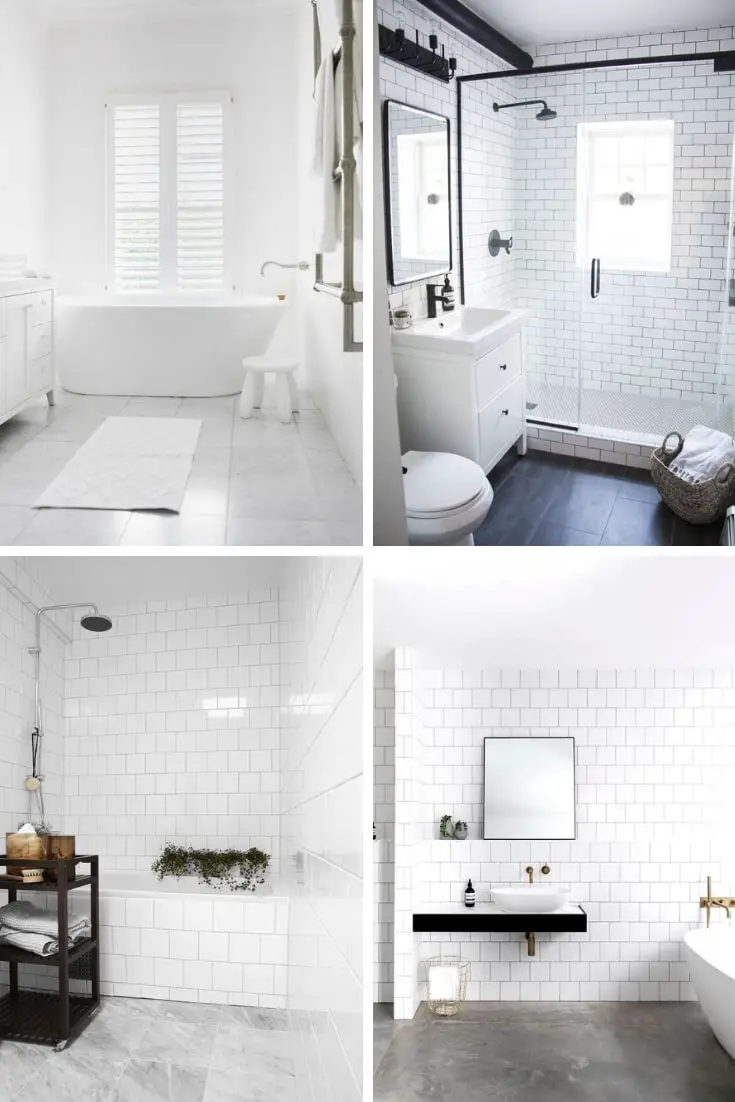
Blue Bathroom Tile Ideas
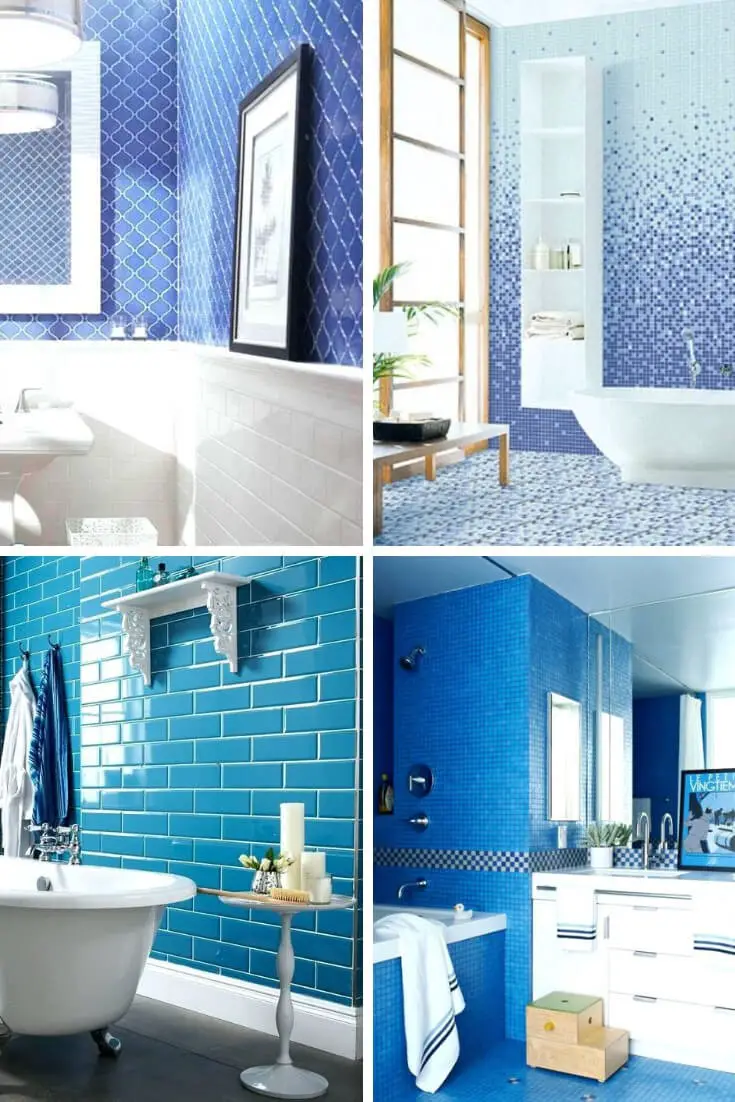
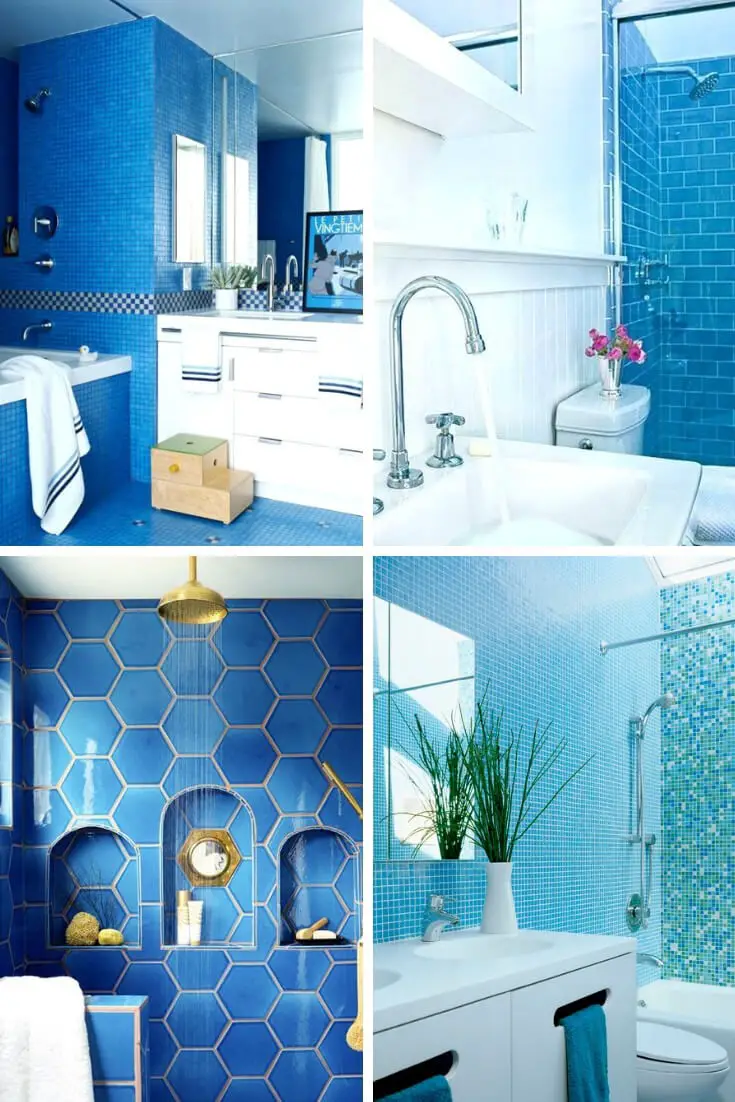

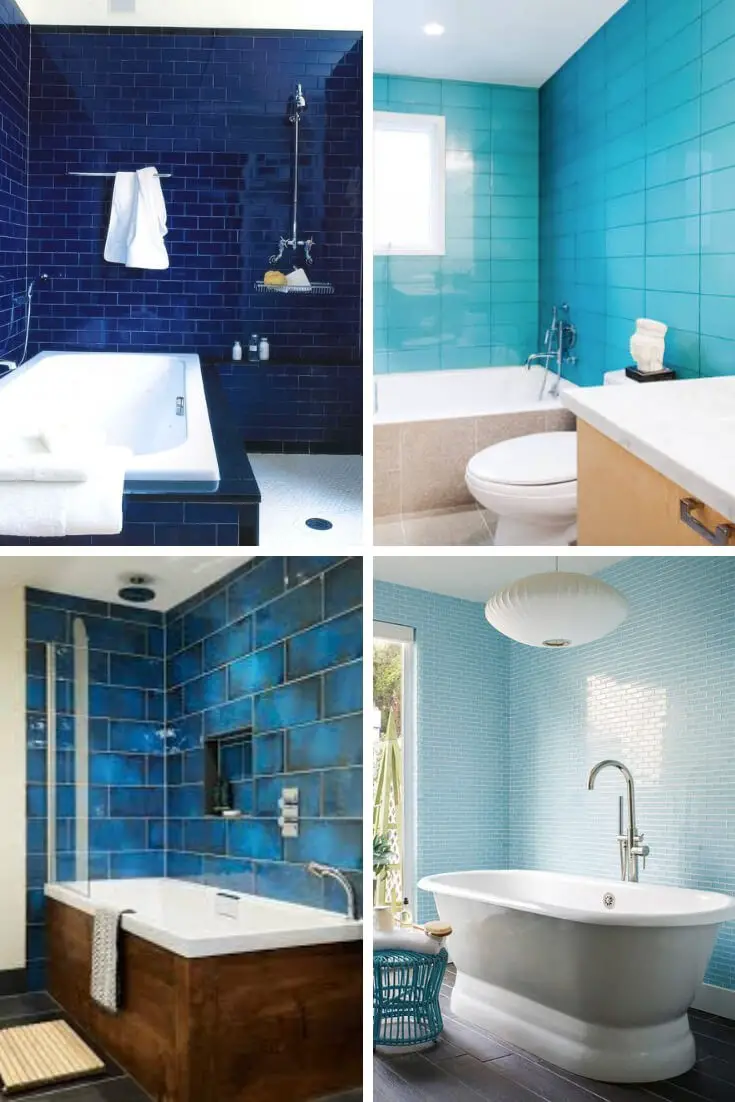
Brown Bathroom Tile Ideas
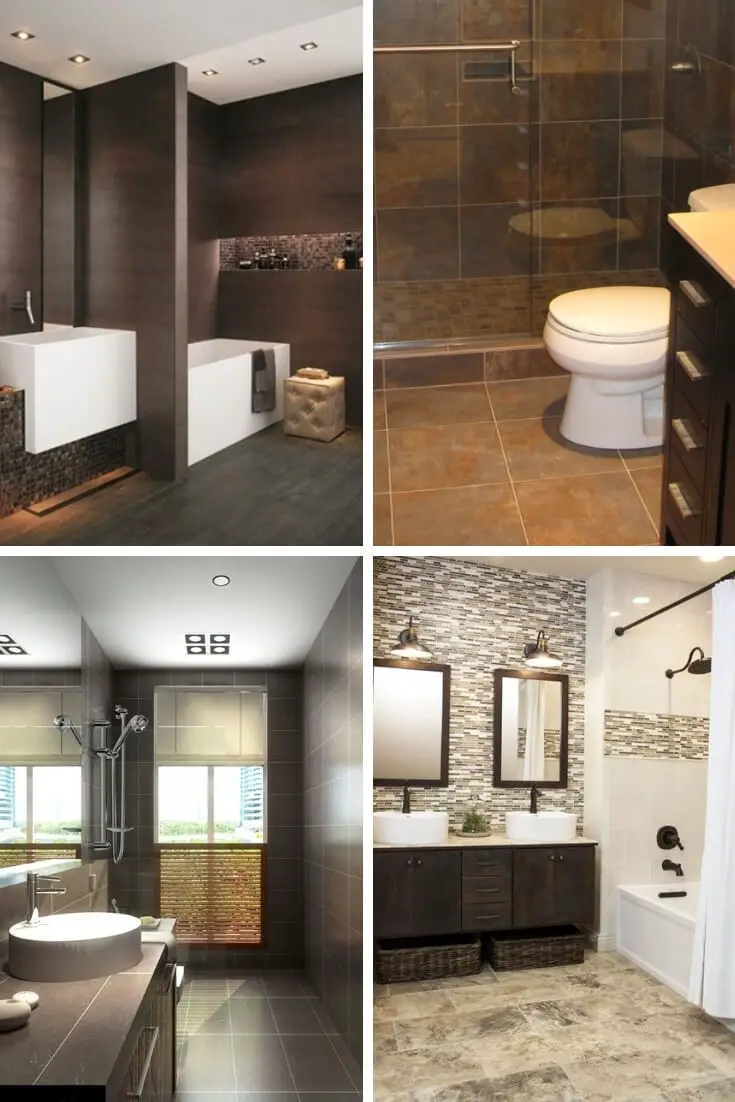
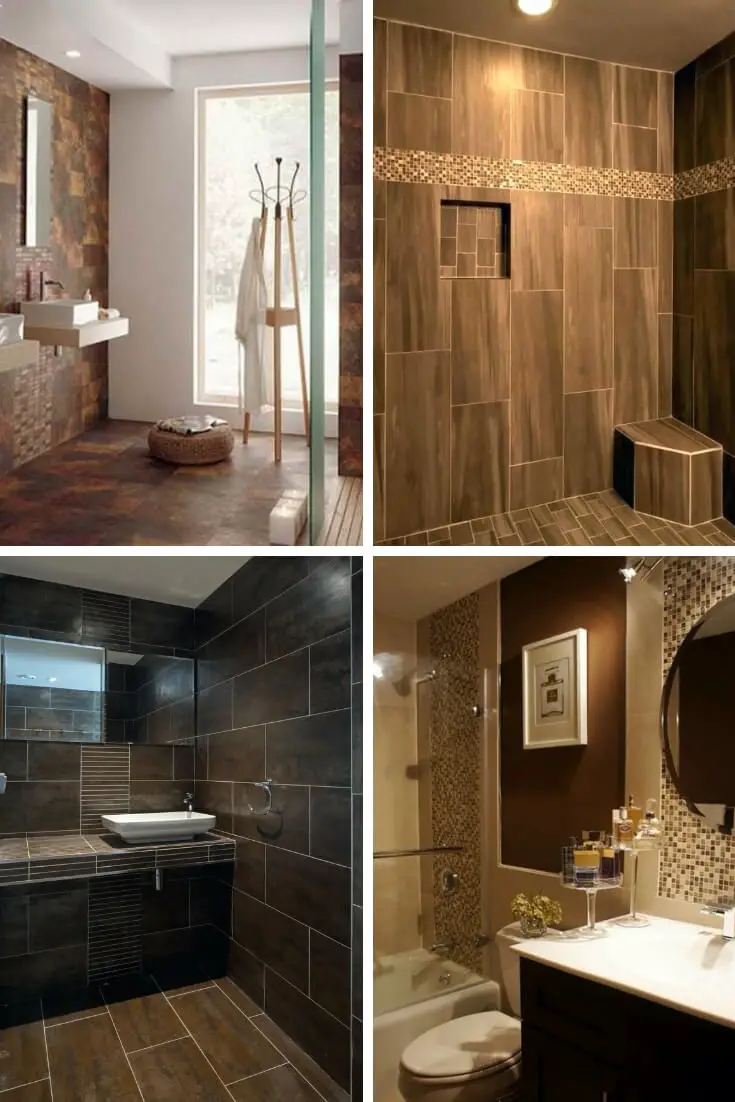
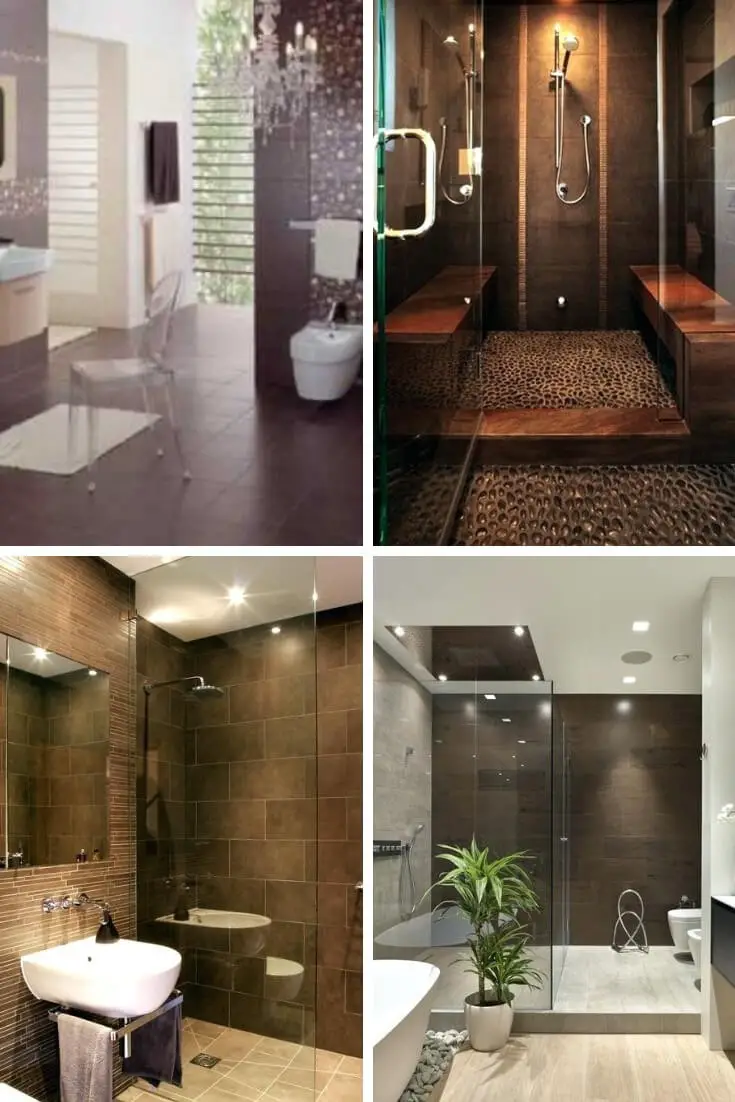
Green Bathroom Tile Ideas

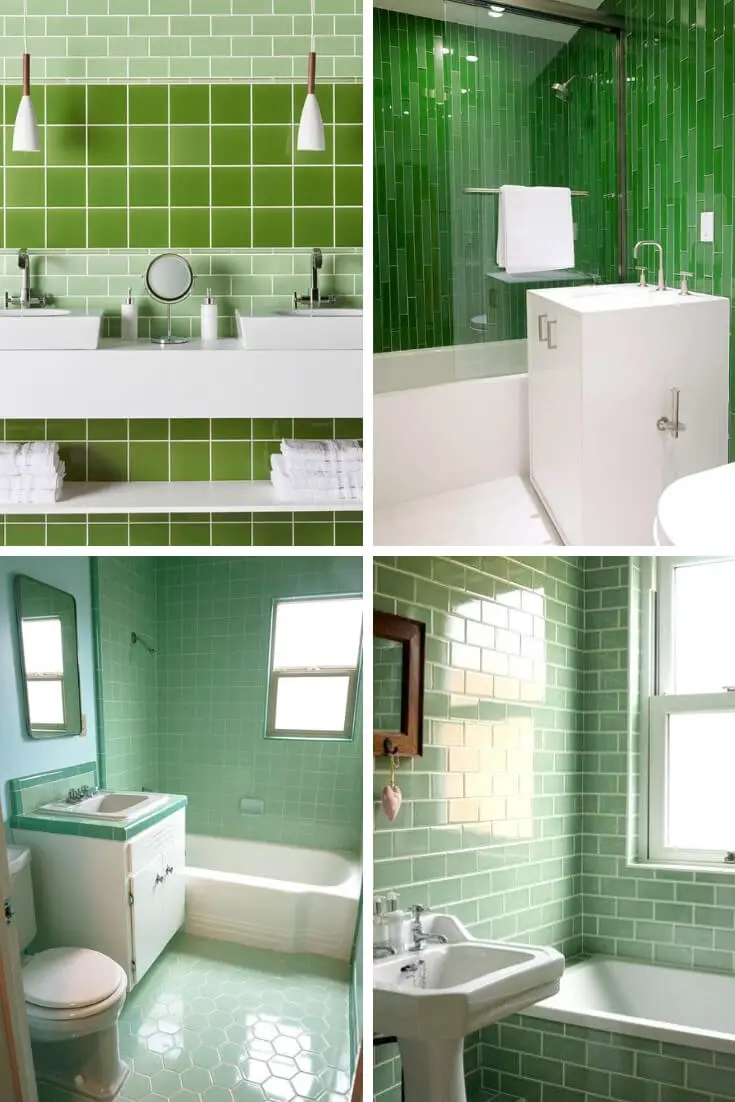
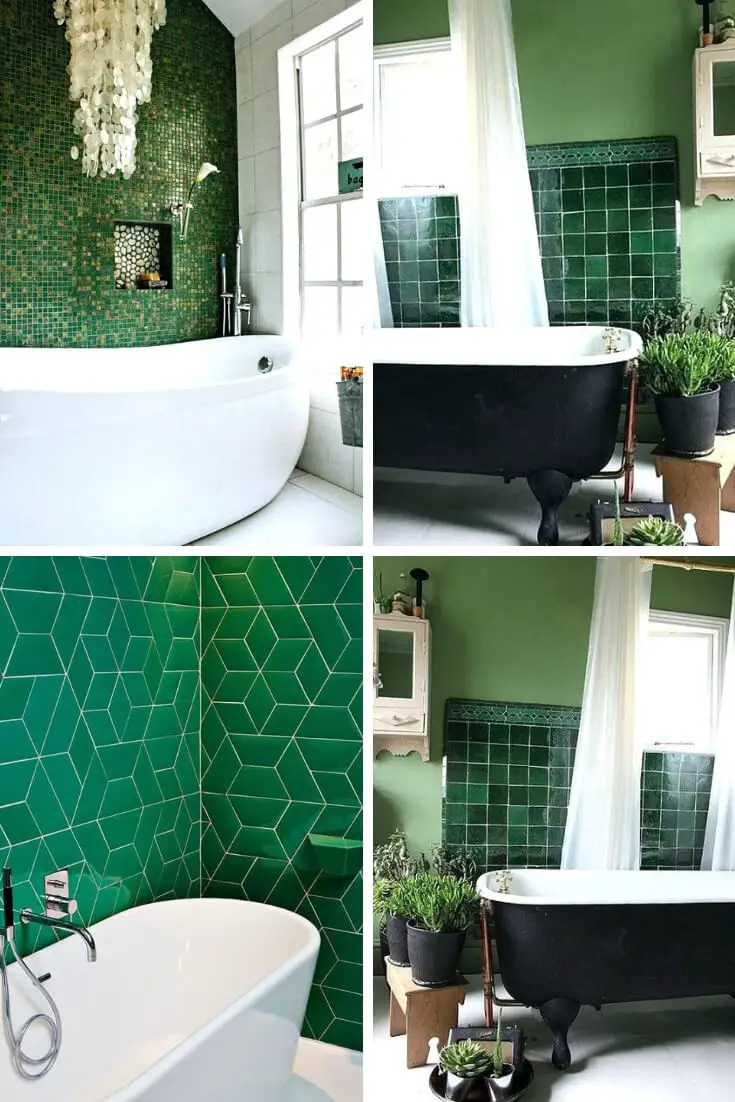
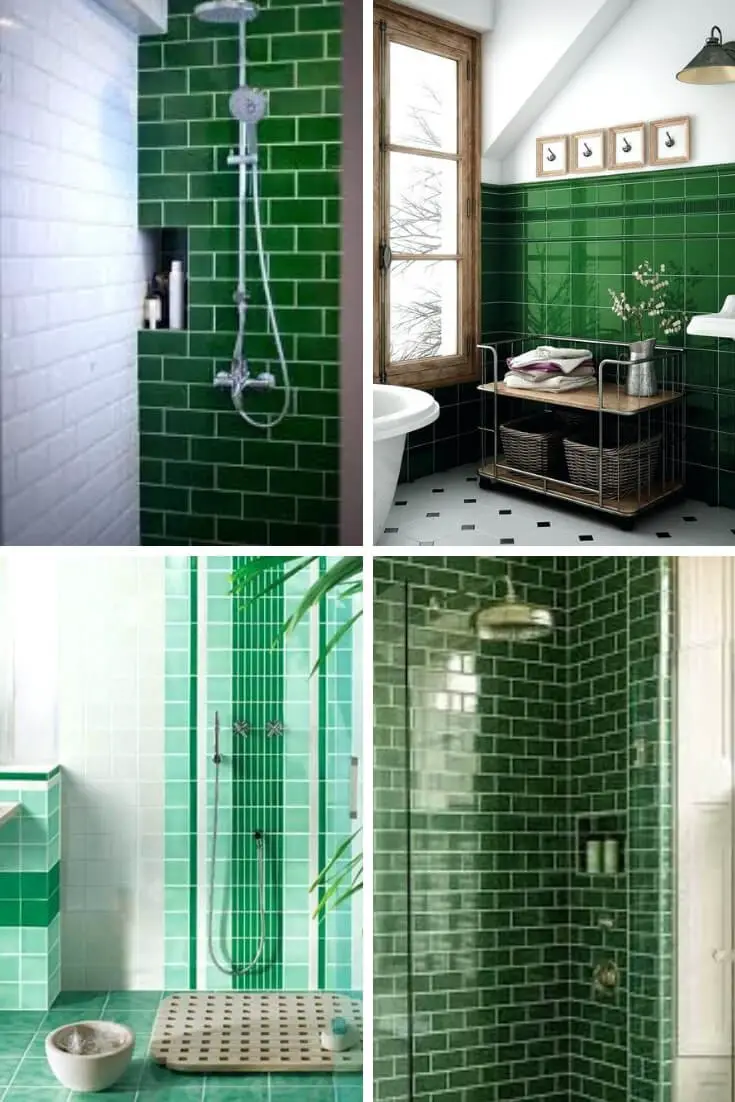
Vintage Bathroom Tile Ideas
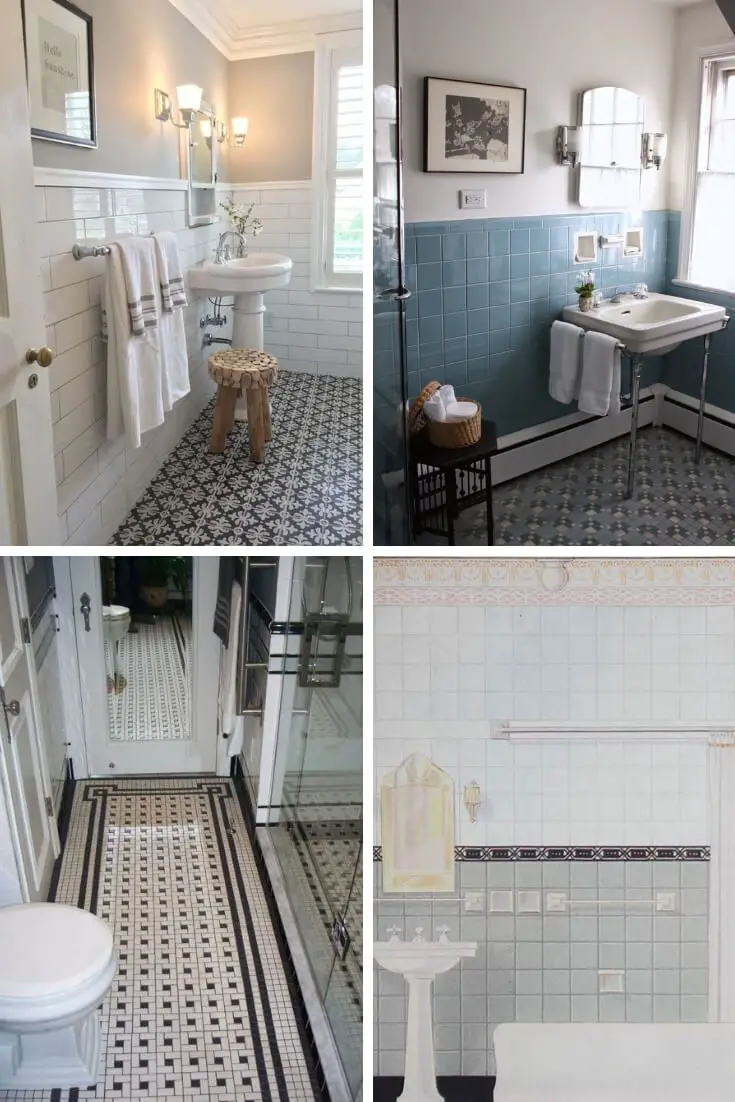
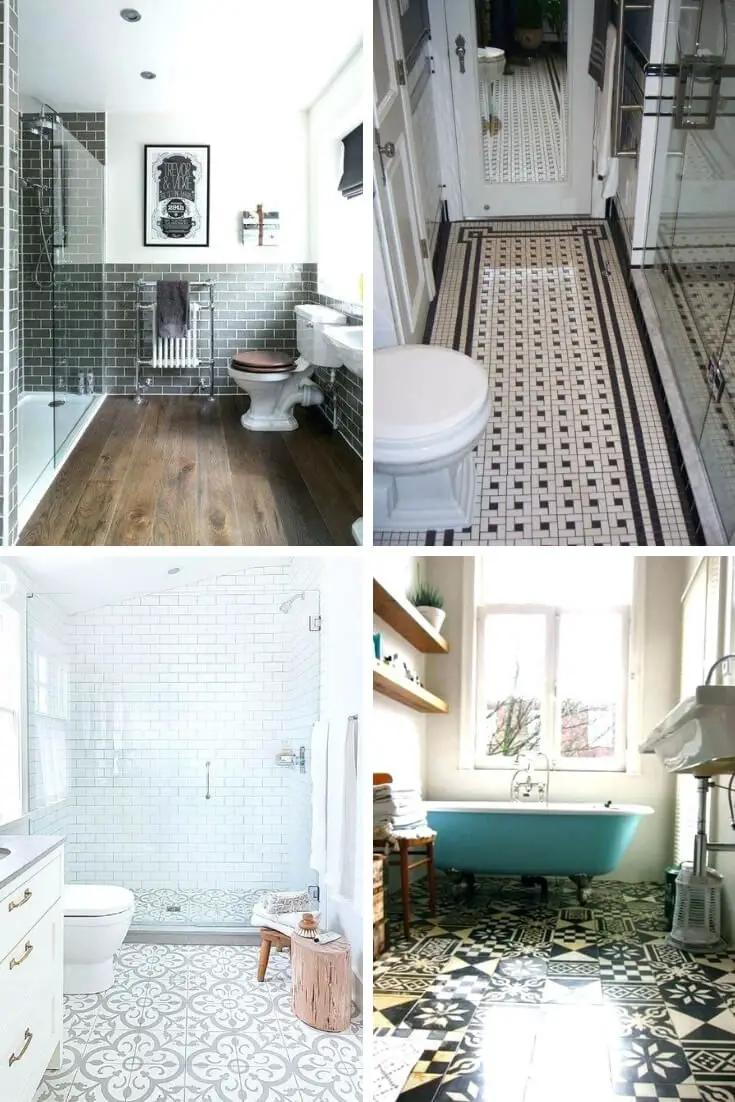

Related Posts
Walk-in tubs have become a popular option for elderly individuals, offering increased mobility and independence. Four key features make them safe for seniors: non-slip surfaces, grab bars, seats with backrests, and adjustable water temperatures. On the other hand, becoming a kitchen and bath designer requires developing skills in design principles, space planning, and product knowledge. Alternative bathroom wall coverings to tiles include paint, wallpaper, and paneling.
The latest trends in bathroom remodeling aim to bridge luxury and functionality, incorporating features like smart toilets and rainfall showerheads. To increase bathroom longevity, it’s crucial to maintain fixtures, clean regularly, and perform routine inspections. In the search for the perfect bath pillow, factors such as comfort, support, and material should be considered.

